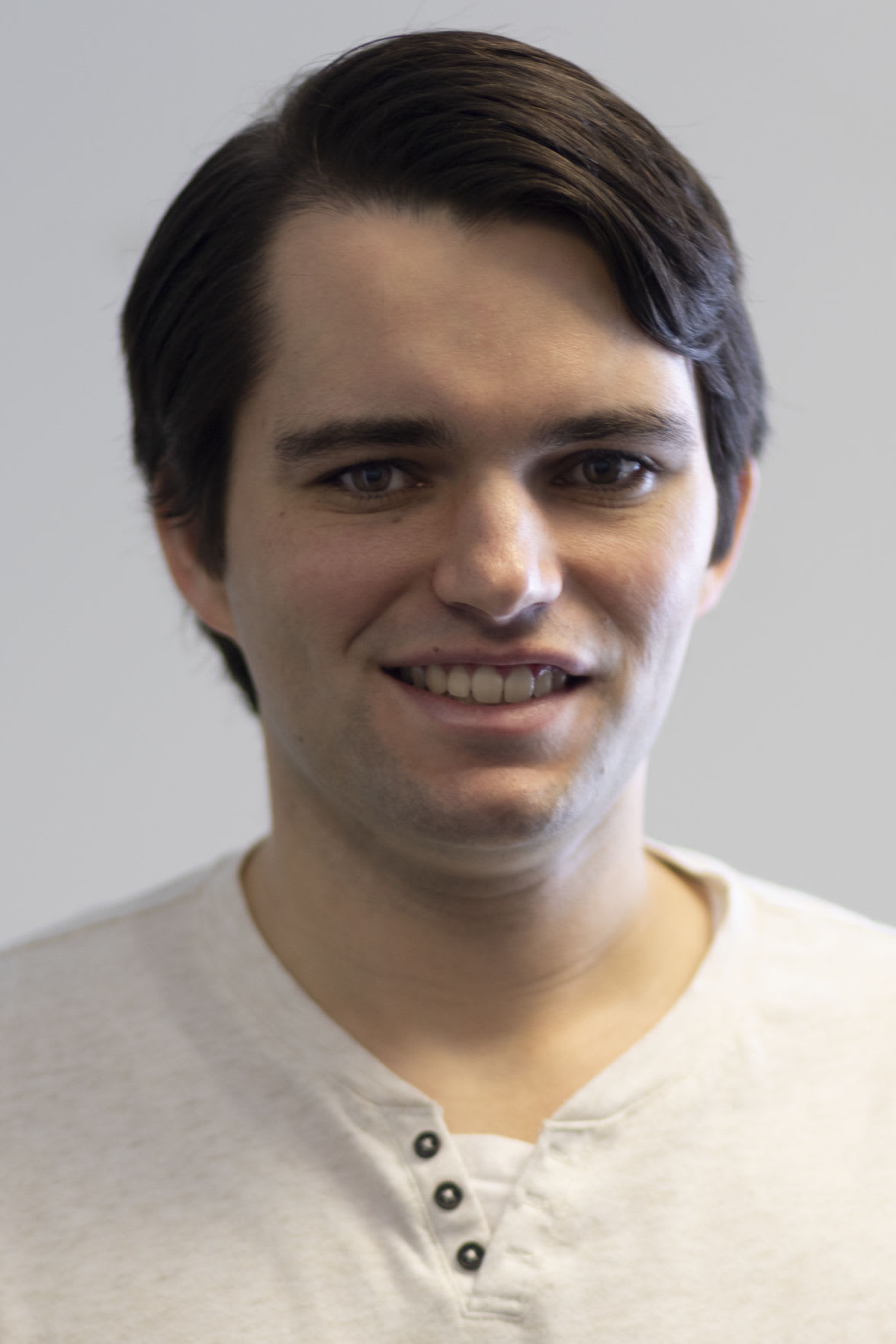Asked to explain the reasons Notre Dame opponents are converting fewer than 25 percent of their third downs, Shayne Simon had no hesitation in offering a theory – one that is backed up by loads of math.
“Our third-down defense comes from our ability to get stops on first and second down,” said Simon, Notre Dame’s starting buck linebacker. “We look to get negative plays on first and second down.”
Basic probabilities at work. The more yards needed, the less likely an offense is to convert. Repeated breakdowns in those third-and-long spots are the only way to defy the percentages, and Notre Dame hasn’t had issues there under coordinator Clark Lea and with its recent personnel. Lea and staff pour over the details of third-down personnel, calls and matchups for each game to ensure the opponent conversion rate stays in line with the probabilities.
“If I could tell you how much time we spend on third down, you’d be amazed,” coach Brian Kelly said. “First and second down, those meetings go pretty fast. Third down goes for a couple days. There’s a lot of intense study, situational substitution, looking at matchups, looking at how you can put yourself and leverage yourself into the best situation.”
But to decide what works on third down, there needs to be enough favorable third down situations. All the planning, film study and schematic creativity won’t stop an average offense from converting about two-thirds of its short-yardage situations. There, the offense always has the creativity and unpredictability – which makes the Notre Dame defense’s nation-best 35.4 first-down rate on third- and fourth-down run plays that much more impressive.
Backed into a corner, though, and that advantage disappears.

“When you can get a team on third and long, it changes their whole game plan,” fifth-year senior defensive end Ade Ogundeji said.
The key to understanding Notre Dame’s third-down success is realizing how often it finds itself dictating the offense’s options. As Simon hinted, the Irish allow opponents to convert only 24.73 percent of their third downs – fifth nationally – because of their early-down work.
